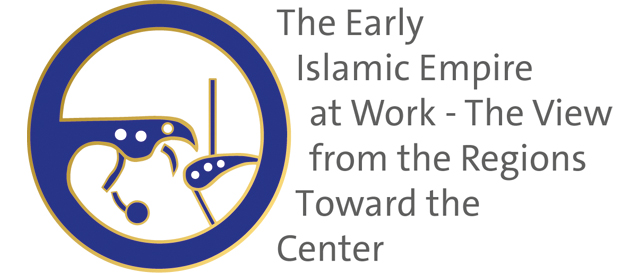Abstract Eline Scheerlinck
Eline Scheerlinck ( ERC Project Embedding Conquest: Naturalising Muslim Rule in the Early Islamic Empire (600-1000), Leiden University)
Abstract: Administration and the Use of Coptic in Early Islamic Egypt. A Case Study on Taxes and Travel.
In which ways do we see the workings of the empire in the Coptic documentation of Early Islamic Egypt? It is well known that the conquerors immediately used Arabic to communicate with the population of Egypt in official documents. However, they also adopted the pre-existing use of Greek as an administrative language in the province, while Coptic was used for administrative purposes as well. About 2500 published Coptic documents are with relative certainty dated from the conquest through the tenth century. Many of these documents are private, such as contracts and private letters, but also a vast amount of administrative documents have been preserved, documenting the relationship between government and subjects.
This paper aims at a better understanding of the role of the empire in the Coptic documentation and, vice versa, the role of the Coptic documentation in the empire. To that effect, I propose a thematic case study, namely the extant documentation regarding restrictions on the circulation of people.
The effects and effectiveness of governmental policies on taxation and restrictions on the circulation of people in Early Islamic Egypt is evidenced in the papyrological record. One perspective comes from Arabic and Greek papyri produced in the offices of the higher levels of the administration.
Yet, how the policies were carried out and adapted to the realities of life in the villages and monasteries of the countryside, is shown particularly in the Coptic documentation produced in those local contexts. The “safe conducts”, in Arabic, and “protection letters”, in Coptic, are two document types that are related to taxation and to governmental restrictions on the circulation of people. The former serve as travel permits for a limited amount of time, while the latter promise some sort of protection from harm to the addressee, who is often, but not always, instructed to “come to his house”. Among the published Coptic documents, however, are travel permits as well as guarantee documents, needed to procure an Arabic safe conduct, in which guarantors bind themselves to pay the taxes of the person applying for the safe conduct, in case he would not be able to.
It has been recently suggested that the Coptic “protection letters” served more or less the same purpose as the Arabic “safe conducts”, but that they did so on a local level and were related to short distance travel. While this is partly a fruitful approach, the diverse nature of these and related Coptic documents, such as those mentioned above, demands further investigation of their multi-faceted relationship to governmental regulations on taxes, travel, and fugitives.
I compare the Arabic and Coptic documentation in terms of structure, formulary, language, content, context and material aspects of the documents, with special attention to the description of the protection offered, as well as of its conditions and its limitations. Particular attention will also be paid to geographical, chronological and administrative distribution of the texts.
The role played in the texts by movement, in forms such as travel or flight, sheds light on the varied ways in which the Arabic and Coptic documents offer different expressions of the same policies and regulations on circulation of people, but do not always necessarily have the same purpose. I propose an interpretation of the Coptic “protection letters” also as instruments of problem solving by which local officials and other local authoritative agents exercised their power over the tax payers, particularly with regard to tax distribution and payment.
Through this case study, I will formulate tentative answers regarding two related issues: (1) the role of the Early Islamic Empire in the Coptic documentation: in which ways are policies and regulations on the restriction of movement expressed in the Coptic documents? (2) The role of the Coptic documentation in the Early Islamic Empire: with regard to these policies and regulations, where, when, at which administrative level were Coptic documents relevant and effective in the administration of the imperial province of Egypt?



